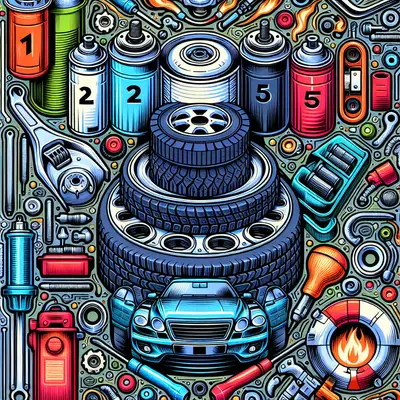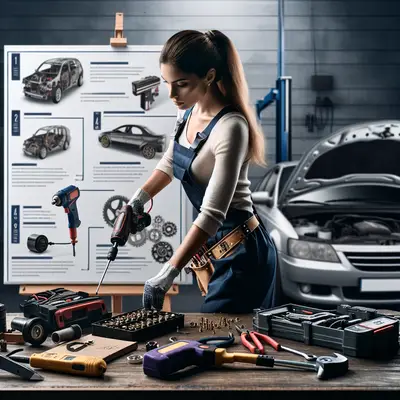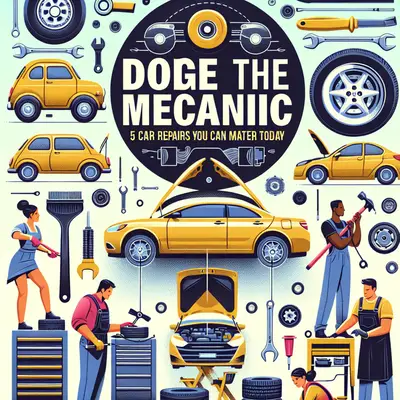The world of DIY auto repair is vast and filled with countless tips, tricks, and techniques. Many of these are widely known and commonly used. However, there are also a number of less common, hidden gems in the realm of DIY auto repair. These underutilized techniques can prove very useful and can save you both time and money. Let's explore five of these uncommon yet highly effective DIY auto repair techniques.
1. The Art of Brake Bleeding
Bleeding your own brakes isn't the most common DIY auto repair task, but it's one that can save you a lot of money. It requires a brake bleeder kit, but once you have this, the process is straightforward. It involves releasing the air trapped in your brake lines, which can improve brake performance and lifespan. This task requires patience and a bit of elbow grease, but the benefits are well worth it.
2. Mastering the Serpentine Belt
The serpentine belt, which powers your vehicle's accessories, can wear out over time and need replacement. While it might seem intimidating, you can actually change this belt yourself with a few tools and a bit of time. Make sure you have a diagram of your belt's routing (usually found in your vehicle's manual or online) and carefully follow the steps to replace it.
3. The Power of the Multimeter
A multimeter is a powerful tool that can help you diagnose a variety of electrical issues in your vehicle. From checking your battery's health to diagnosing a faulty alternator, a multimeter is an incredibly useful tool that's often overlooked by DIY enthusiasts. Spend some time learning how to use one and it could save you from costly electrical repairs.
4. DIY Tire Balancing
While not as precise as professional tire balancing, you can perform a basic balance of your tires at home. You'll need a portable bubble balancer, but these are relatively affordable and easy to use. Balancing your tires can help them wear more evenly and improve your vehicle's overall performance.
5. The Hidden World of OBDII Codes
Every modern vehicle is equipped with an onboard diagnostics system, or OBDII. When your vehicle's check engine light comes on, it's because your OBDII system has detected a problem. You can purchase a relatively inexpensive OBDII scanner that allows you to read these diagnostic trouble codes yourself. This can help you pinpoint the issue and potentially save you from a costly trip to the mechanic.
Conclusion
While some of these techniques might seem a bit daunting at first, with a bit of patience and practice, they can become a valuable part of your DIY auto repair toolkit. Don't be afraid to try something new and expand your auto repair skills. Remember, every master was once a beginner. Happy repairing!



